The smartwatch market has long been dominated by Apple, with the Ultra 2 standing out as a design and functionality icon. But we spoke to real users: athletes, cyclists, hybrid fitness fans, runners, and everyday wearers and the results suggest that the tide might be starting to turn.
While Apple’s ecosystem and interface remain unmatched for convenience, Garmin is winning praise where it matters most in performance: battery life, training analytics, and recovery tracking.
Battery Life: Garmin’s Biggest Selling Point
Battery life emerged as the most cited reason users switched to Garmin. Watches like the Fenix 8, Forerunner series, and Epix Pro are designed with endurance in mind, with many users reporting up to 10–20 days of battery life depending on usage.
Compare that to the Apple Watch Ultra 2’s 36–60 hours (with low power modes activated), and it becomes clear why hybrid athletes and long-distance runners are making the change.
One user said:
“I couldn’t track my recovery properly with Apple. I was charging it every night. Garmin just keeps going through runs, gym and sleep.”
Another commented on META saying:
“Garmin by a country mile! Apple is off the wrist more than its on! Battery needs charging daily!”
The Rise of Hybrid Fitness and Run Culture
This shift aligns with rising trends in hybrid training. Events like HYROX, a blend of endurance, strength, and functional training are exploding across the UK and Europe. According to HYROX’s own data, participant numbers rose by 76% year-on-year between 2022 and 2024, with over 150,000 athletes globally taking part last year.
Alongside HYROX, run clubs are booming. Platforms like Strava have reported record numbers of new users, and Nike’s “Run Club” app has doubled its downloads since 2022. These communities value accurate heart rate tracking, VO2 max estimates, sleep scores, and real-time recovery data, areas where Garmin leads.
From Apple to Garmin: The Social Media Switch
It’s not just anecdotal. A quick search on TikTok or Instagram reveals a rising number of users switching from Apple to Garmin. The hashtags #GarminFenix8, #GarminForerunner, and #WhyISwitchedToGarmin are increasingly common in fitness influencer circles, with creators citing:
-
Longer battery life
-
Real recovery metrics
-
Rugged design
-
Offline GPS and mapping
-
A better fit for serious athletes
Some even keep both: Apple for lifestyle and calls, Garmin for serious training.
Straps, Style & Customisation: Can Garmin Compete with Apple?
Apple Watches have long led the way in strap customisation with a massive ecosystem of interchangeable bands. For years, this left Garmin behind, with limited style options, multiple sizing and proprietary connectors.
That’s starting to change. Garmin’s QuickFit system (used in the Fenix and Epix lines) and Quick-Release straps (used in the Forerunner series) make swapping straps faster and easier than ever, a clear move to compete with Apple’s convenience.
The watch bands for Garmin are now interchangeable, there are still a few size options for smaller and larger models, however its becoming more clear and easier than ever.
But choice is still limited compared to Apple… unless you know where to look.
The Time Club, a UK-based watch strap brand, is bridging that gap, offering a growing range of premium, fitness-tested Garmin QuickFit and Quick Release straps in modern colours and materials. From leather to nylon to silicone and runner, Garmin users are no longer stuck with a single look. The brand is quickly becoming the go-to alternative for those who want performance and personality.
The Sleep Tracking Advantage
A surprising area where Garmin is winning new fans is sleep tracking. Apple has built in some sleep tools, but because of its limited battery life, few users actually wear it overnight.
Garmin, however, is designed to stay on 24/7. Its sleep analysis tools (including HRV, stress, and recovery scores) are detailed and deeply integrated into the overall health and fitness ecosystem. As a result, many athletes now prefer Garmin for tracking recovery realistically, especially in high-performance contexts.
Search Trends & The Apple Dominance — Is the Shift Beginning?
Let’s be clear: Apple still dominates the smartwatch market, especially in general search volume. Google Trends and other analytics tools show that terms like “Apple Watch band” or “Apple Watch Ultra” dwarf Garmin’s search traffic.
But cracks are appearing.
Terms like “Fenix 8”, “Garmin Forerunner 965”, and “Best Garmin for HYROX” have seen significant growth in the last 12 months. Combine that with the organic shift happening across TikTok and Instagram, and we may be witnessing the early stages of a cultural shift.
Final Thoughts: Apple for Lifestyle, Garmin for Performance?
The data suggests a new dynamic is emerging. Apple continues to win on style, ecosystem, and convenience. But Garmin is carving out a dominant space among hybrid athletes, run club regulars, and serious fitness fans.
And as brands like The Time Club offer more customisation options, the final barrier to switching is slowly disappearing.
Whether it’s battery life, better training data, or 24/7 tracking, Garmin is no longer just for ultra-marathoners. It’s becoming the everyday watch for the next generation of hybrid fitness enthusiasts.
Interested in covering this shift?
For media requests, interviews, or access to our full user poll data, contact:
📧 hello@thetimeclub.co.uk
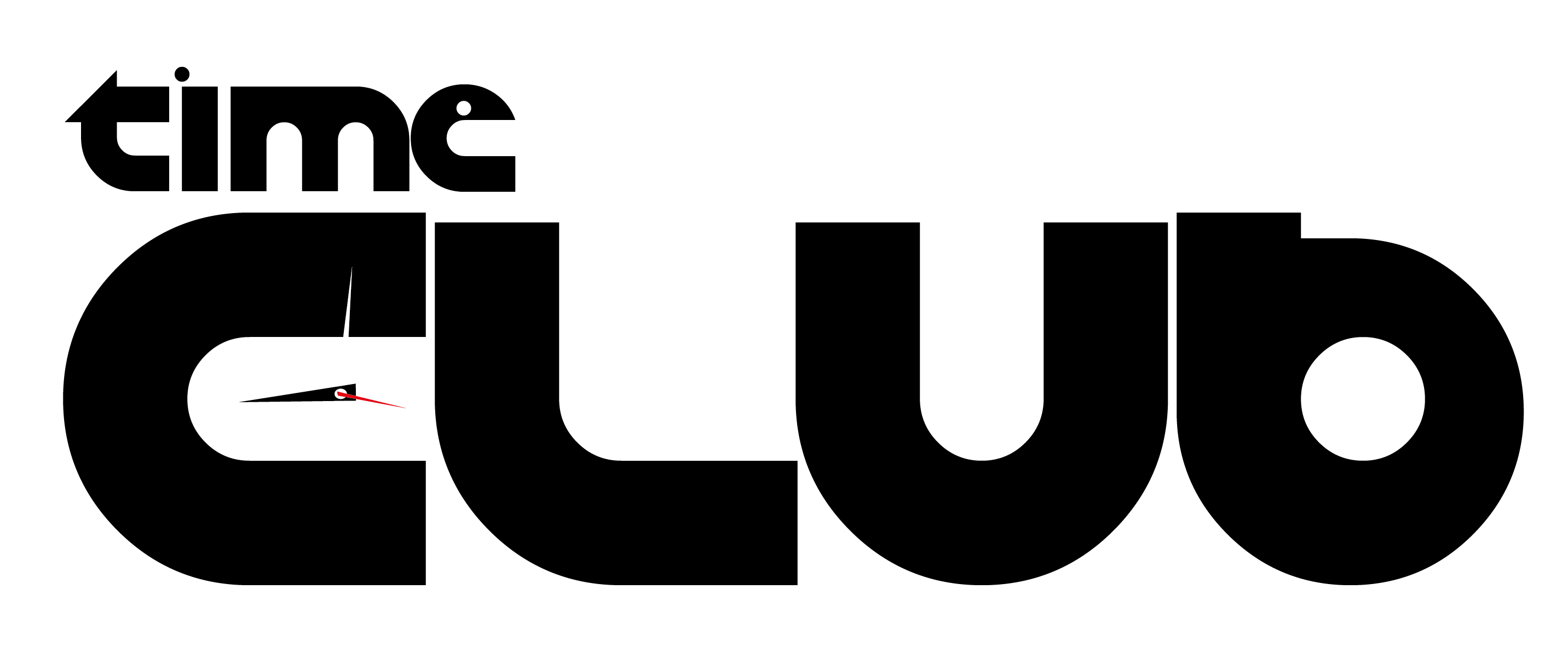

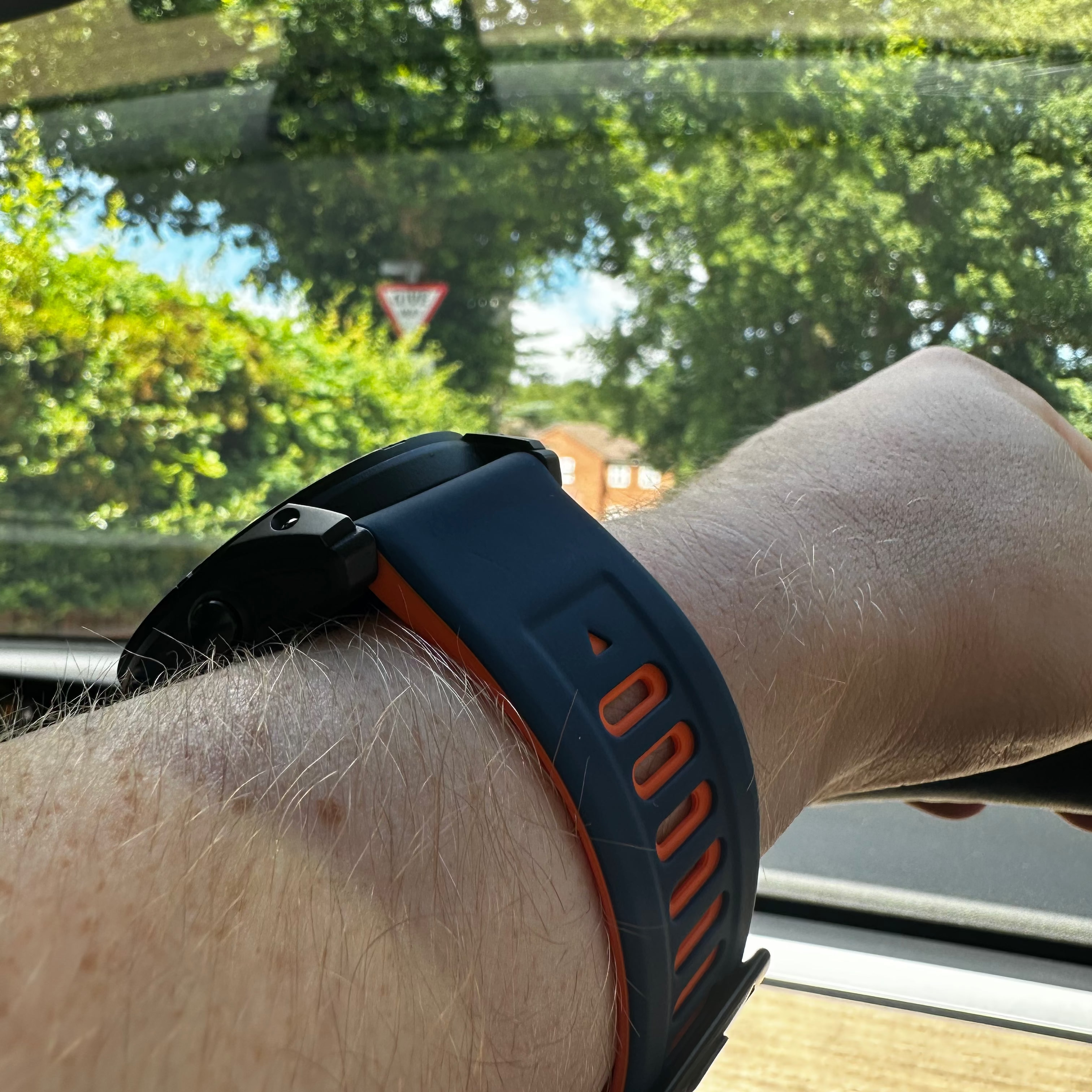

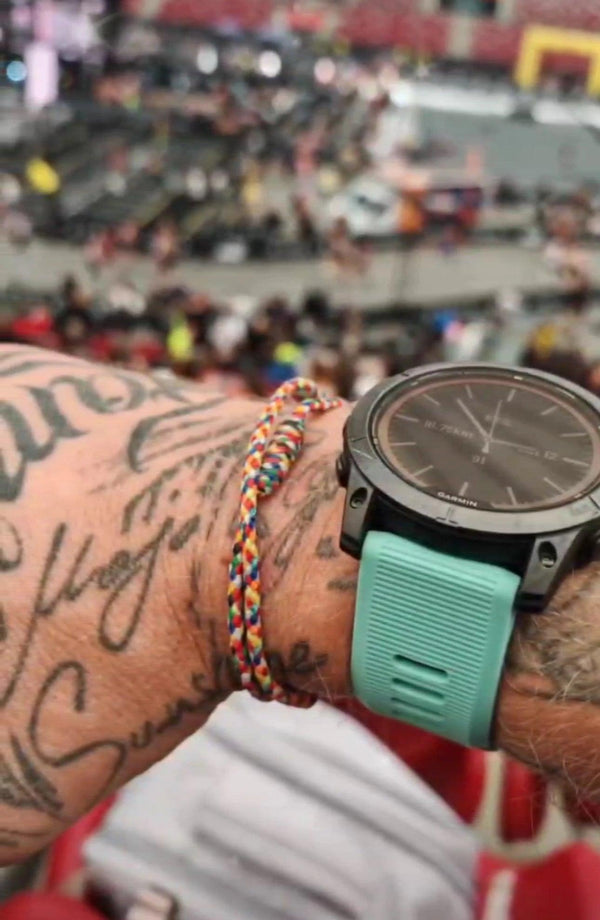
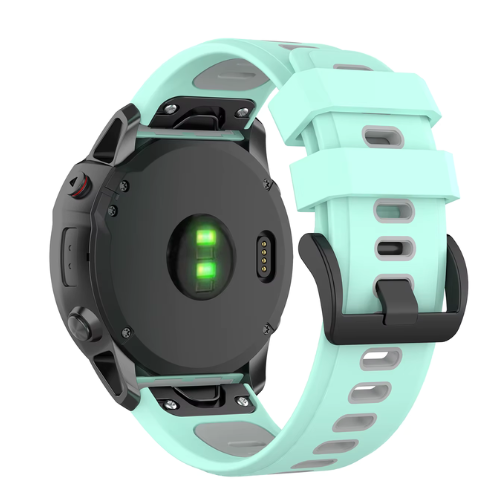
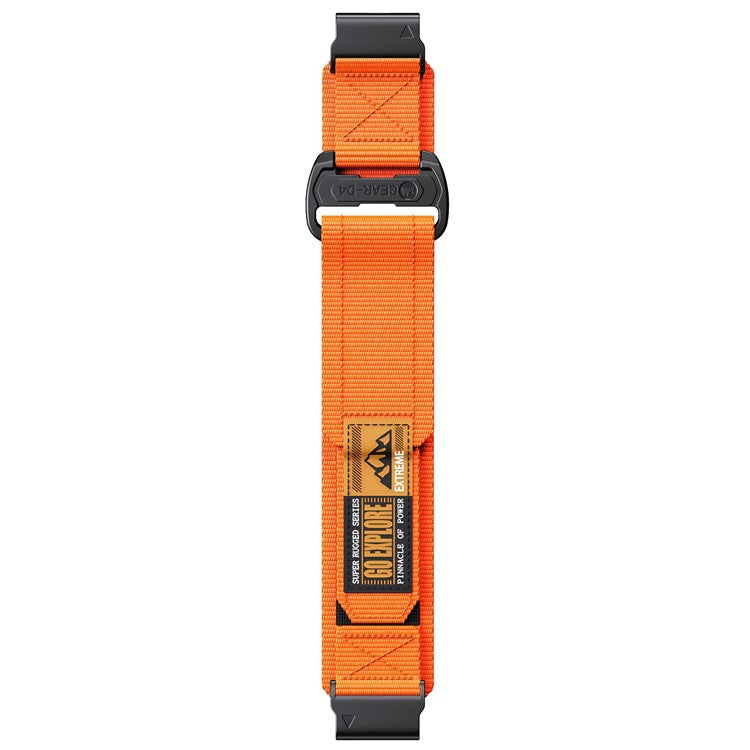

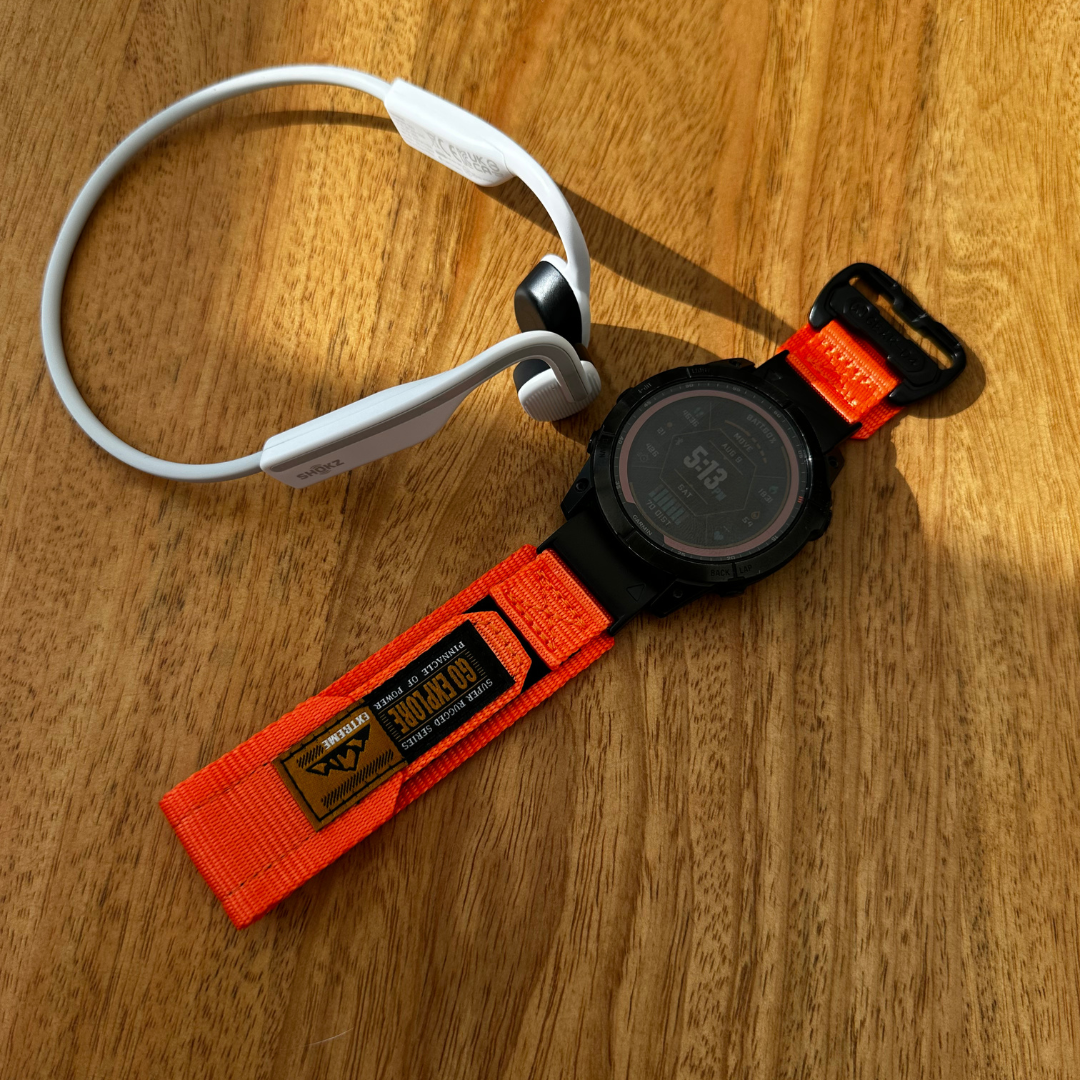
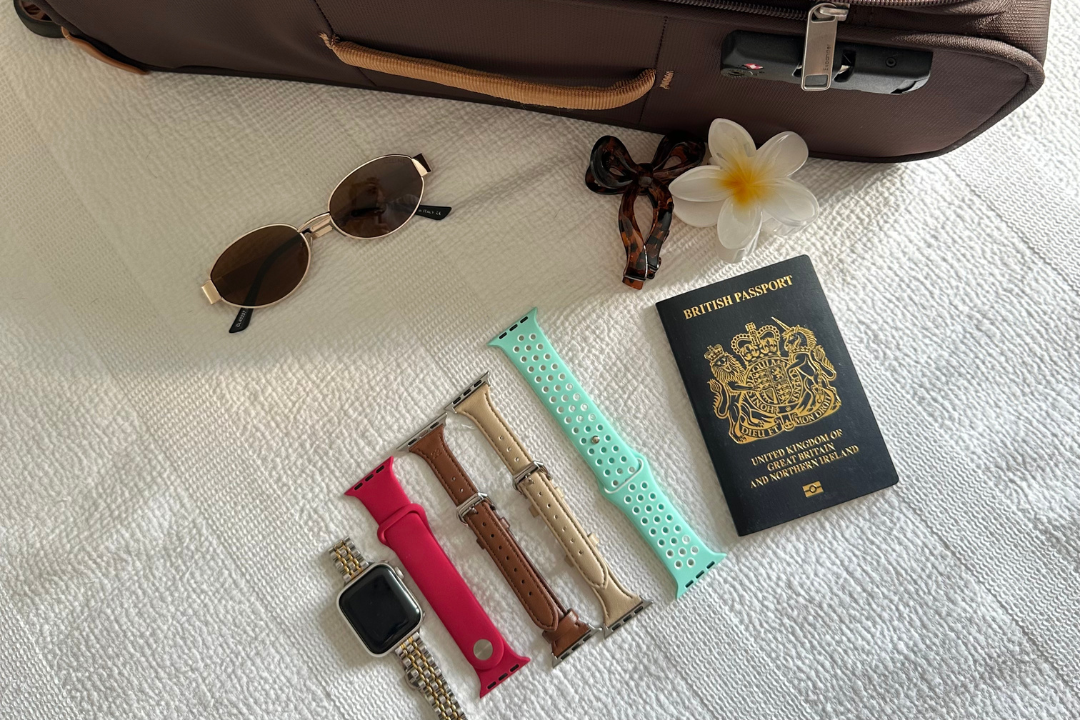
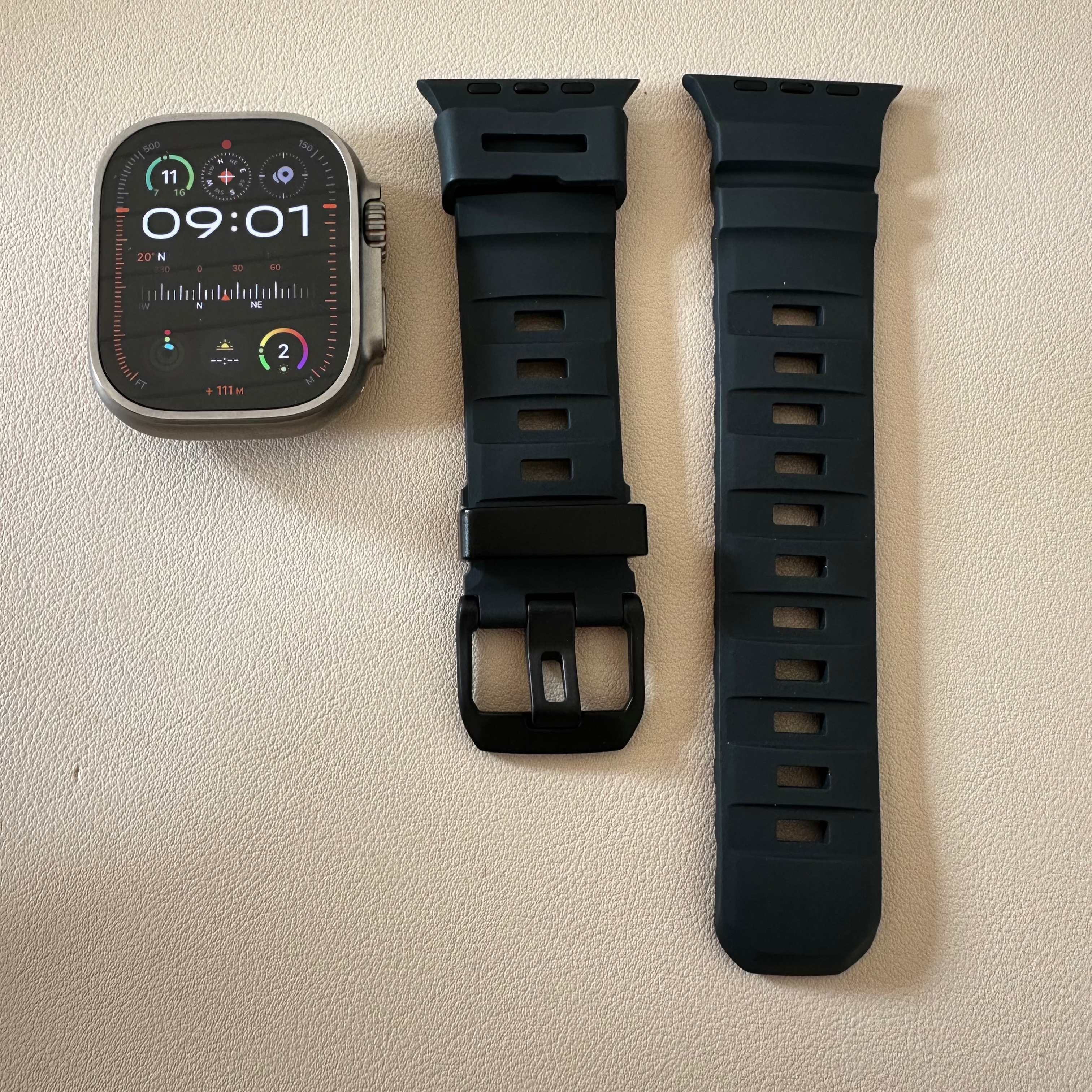
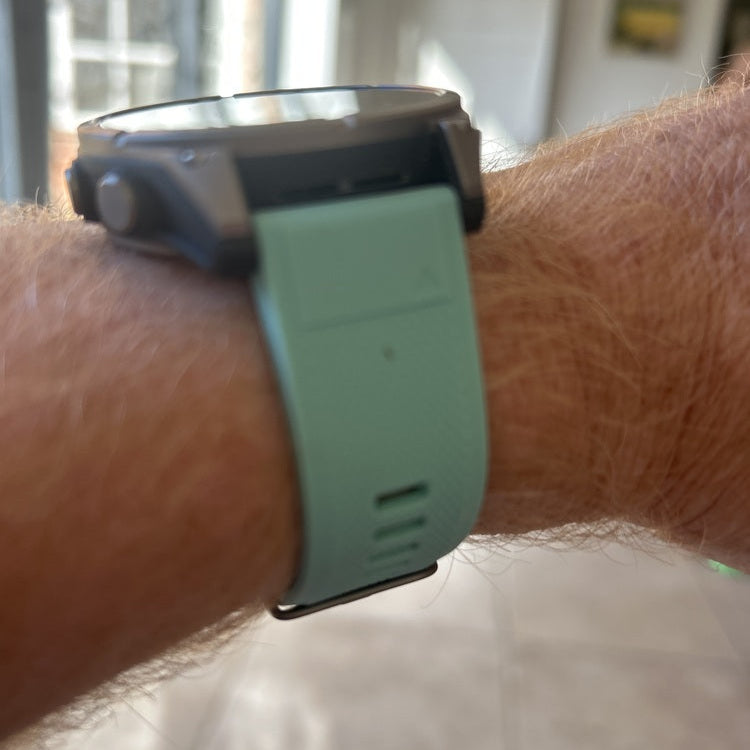
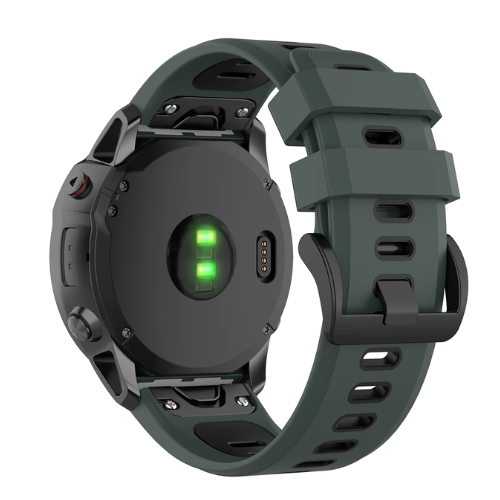
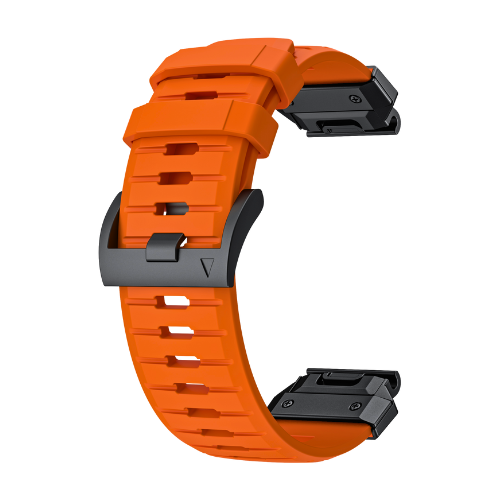
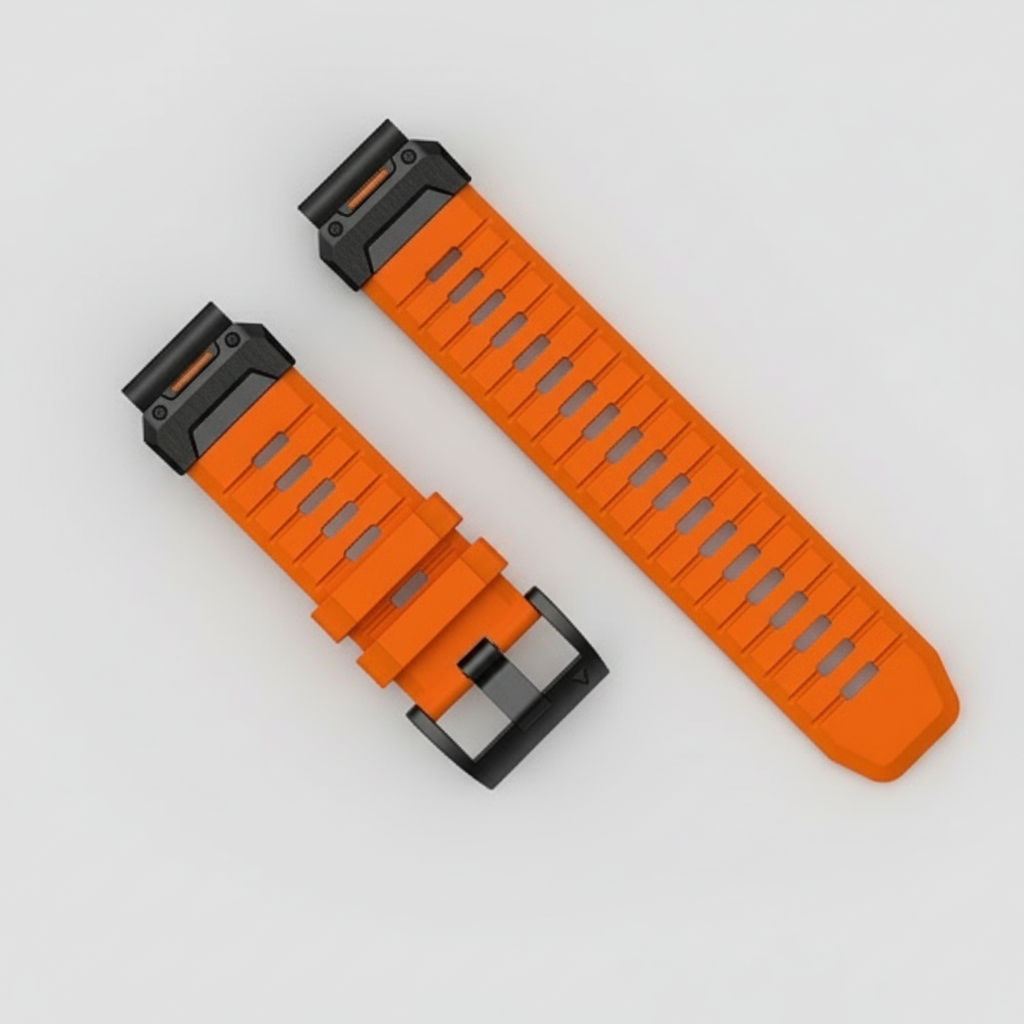
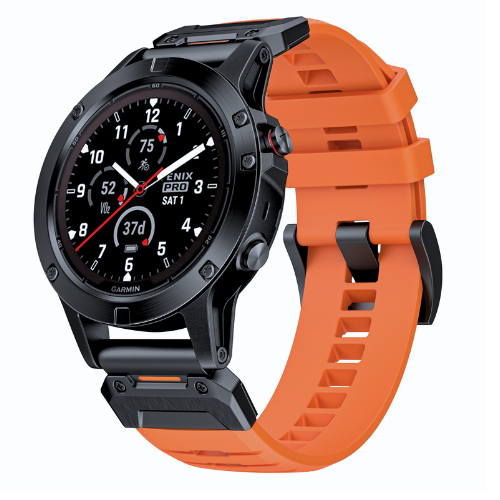

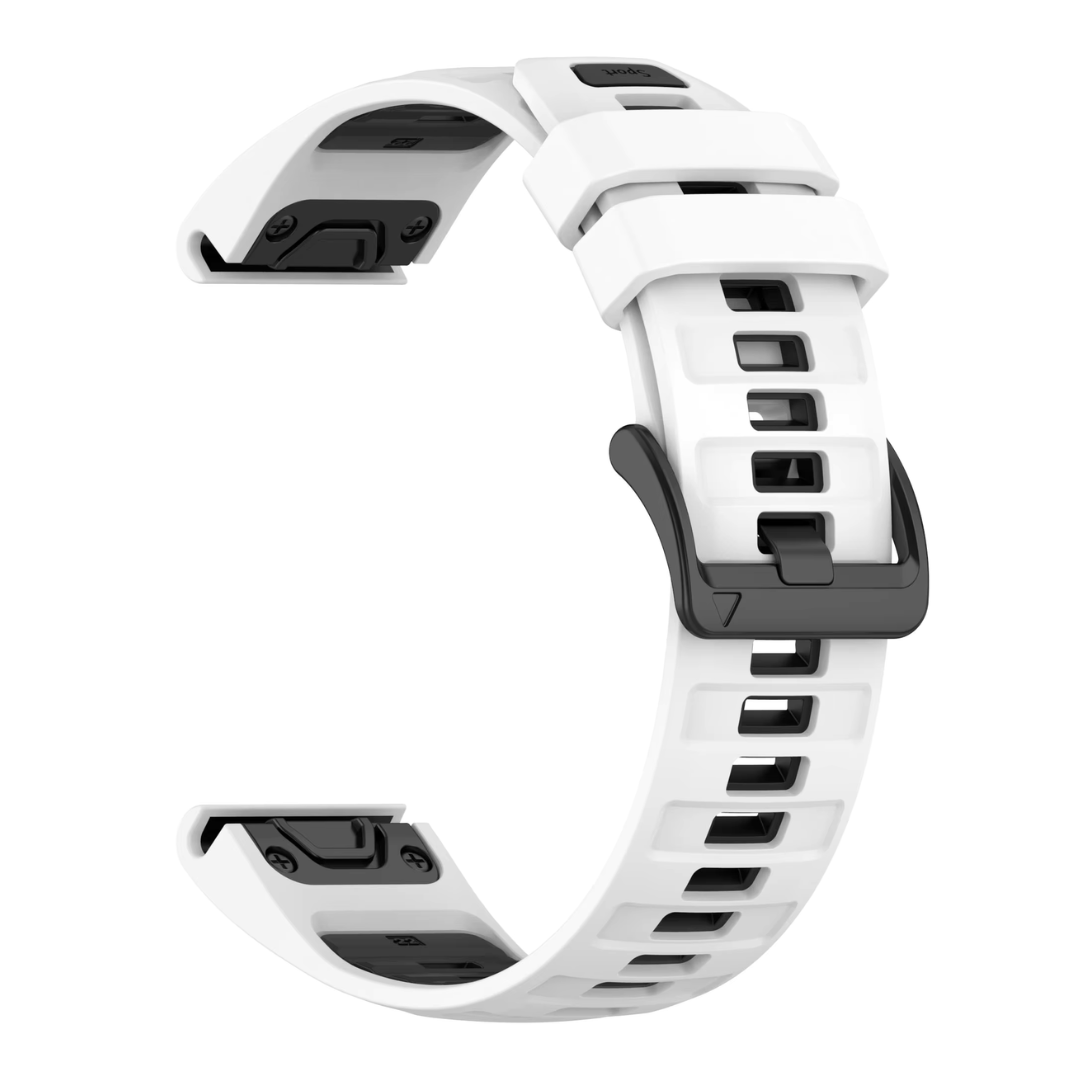
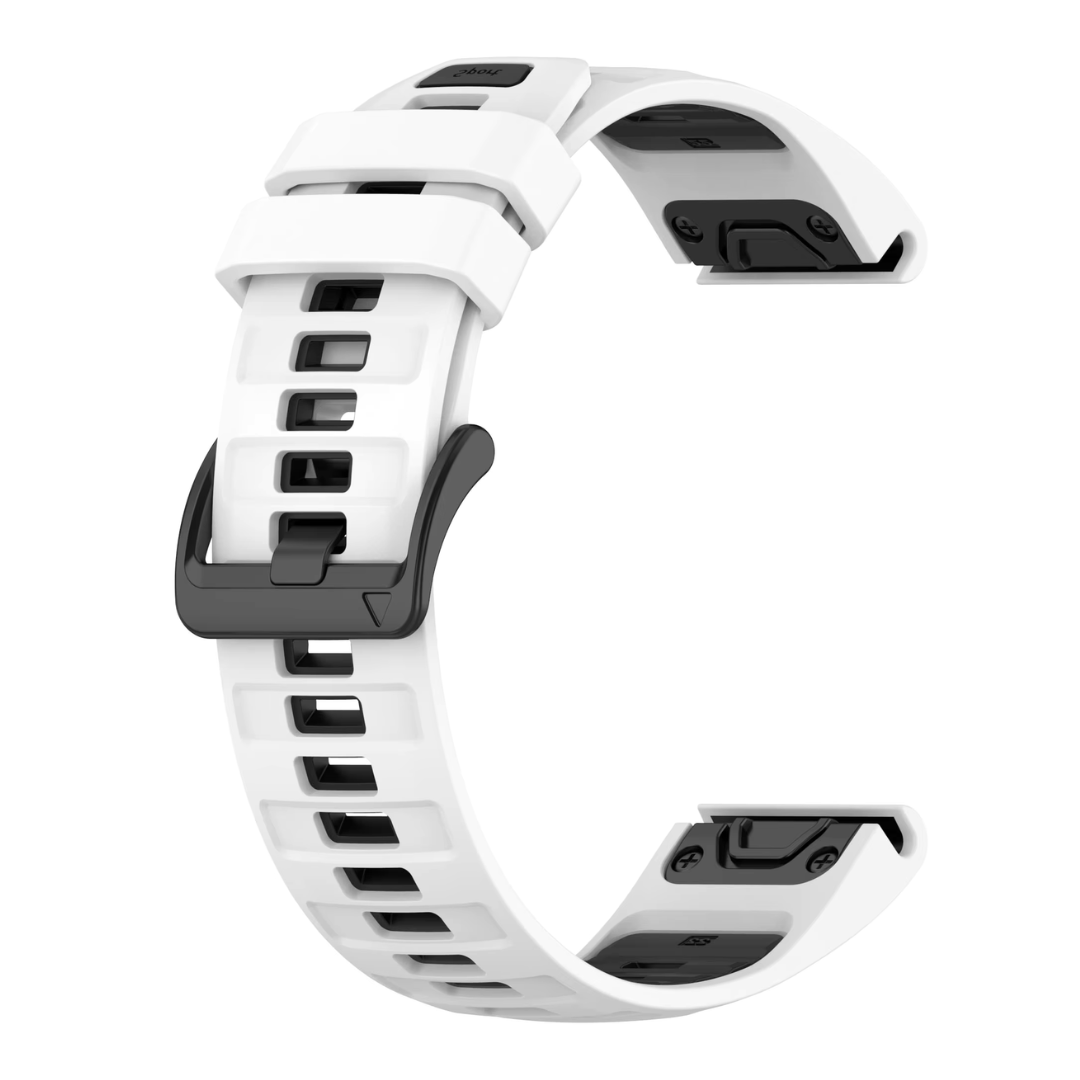
Aktie:
Die besten günstigen Apple Watch-Armbänder unter 30 £ (UK-Auswahl)
The Time Club x RunLoughborough: A New Partnership for Runners